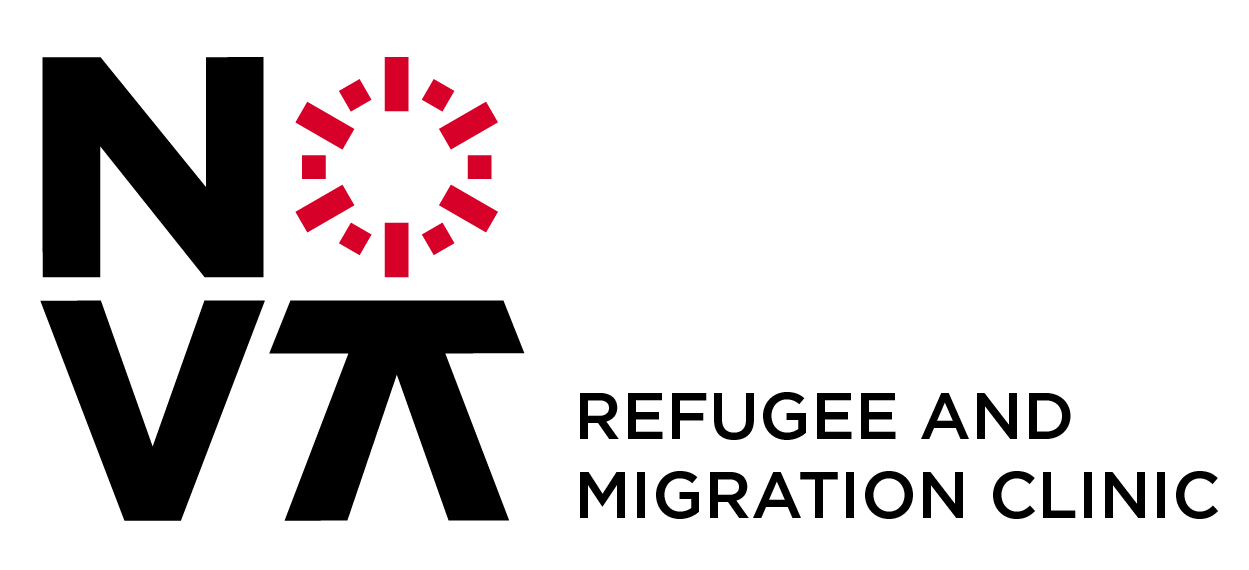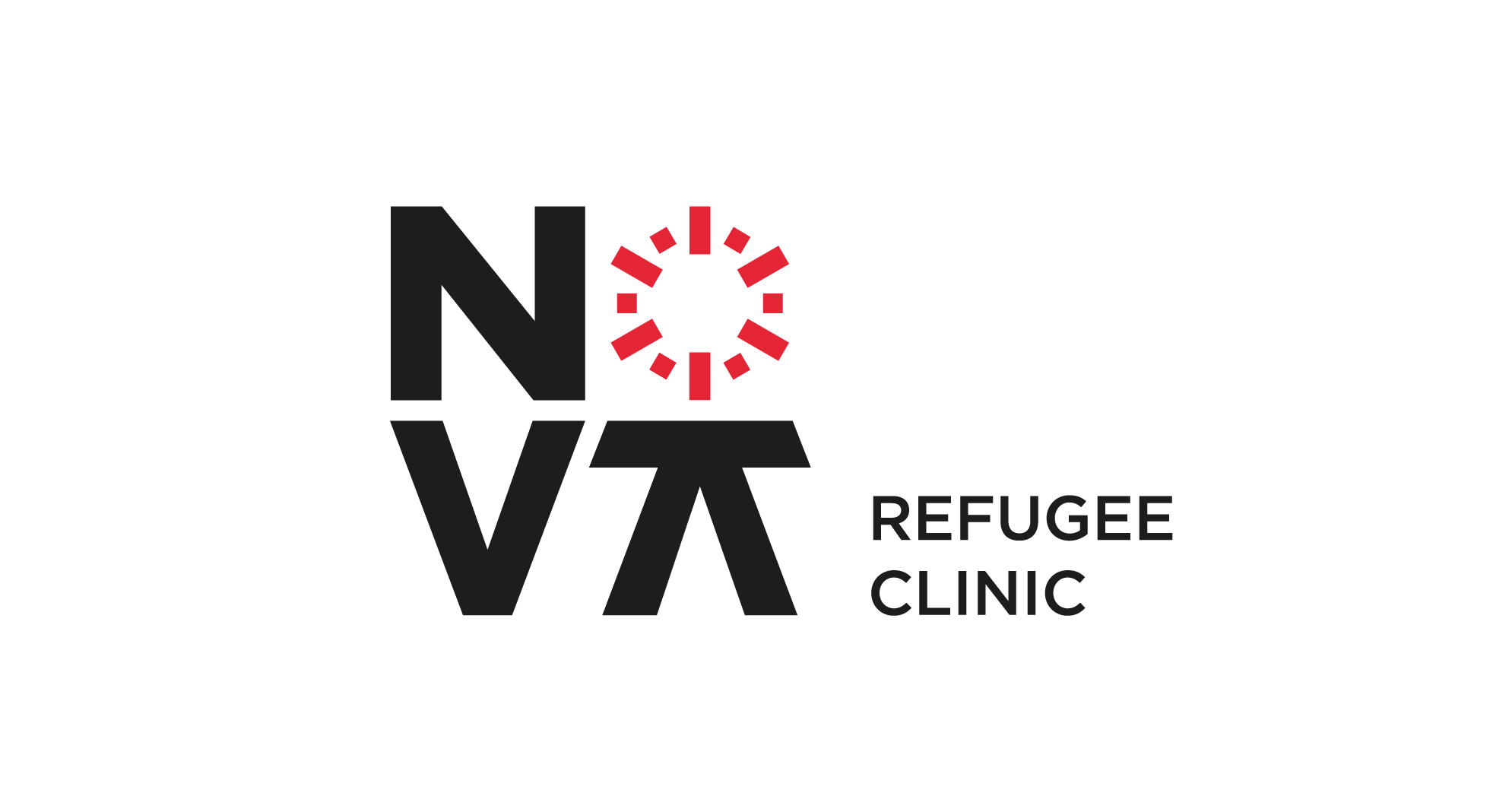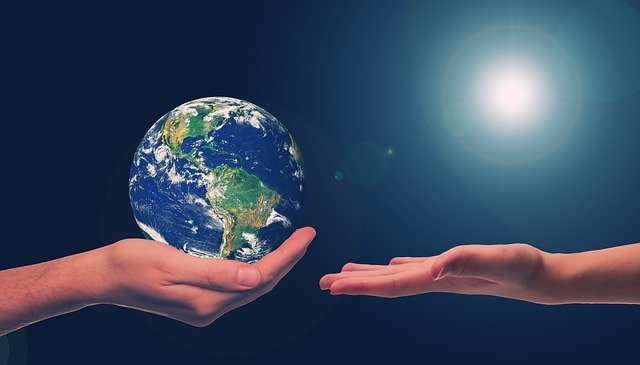Introductory notes on Migration, Development and the 2030 Agenda
Maria Mariana Moura[1]
ABSTRACT:
Migrants make a very positive contribution to the development of countries of origin and destination, but to enhance this beneficial impact, integrated and coherent policies are needed. It is in this sense that migration is present and intertwined with various aspects of the Global Development Agenda. This is the first article in a series that will connect migration, development, and the sustainable development goals of the 2030 Agenda.
Keywords: Migrants, 2030 Agenda, SDG, Development
The 2030 Agenda consists of a Declaration that came on the scene in 2016 with a plan to achieve 17 Sustainable Development Goals (SDGs) and 169 targets over a fifteen-year period. Not only is the 2030 Agenda about eradicating extreme poverty, but it is also concerned with sustainable development in economic, environmental, and social terms[2].
In these terms, among others, the 2030 Agenda includes as one of its agendas ensuring that all nations and all people everywhere are included and benefit from the realization of the SDGs: here there is clarity between the purposes of the Agenda and the improvement of issues involving migrants and refugees.
This becomes even more explicit when we take into account that the principles underpinning the 2030 Agenda provide a powerful basis for the inclusion of migrants and refugees in the society they integrate. For example, the Declaration implicitly and explicitly indicates the need to include refugees: paragraph 4 assures “that no one will be left behind and that the goals will be met for all nations, peoples, and segments of society[3].
Another example is inscribed in goal number 10 (ten) of Agenda 2030, which deals with the need for actions to reduce inequalities and this includes as a target the measures to facilitate a management policy for safe, orderly, regular and responsible migration. In these terms, migration is treated as a tool to reduce inequalities between countries and also internally[4].
One indicator of this goal makes a reference to reducing the transaction costs of sending money back to countries of origin that will need to be managed appropriately if the connection between migration and sustainable development is to be beneficial. Likewise, migrants make “social transfers”, which could be the instrument for political and socio-structural changes[5].
It is relevant to say that although migration is not exactly a problem that must be “solved” directly by the 2030 Agenda, it inevitably becomes a phenomenon that needs special attention if the goals proposed by the 2030 Agenda are to have any success[6].
Mobility has now reached an unprecedented high level, and the number of international migrants is expected to continue to rise in the future as a result of economic globalization, demographic and environmental pressures. However, the concern for promoting migration and mobility as a factor of development is still low.
The new era of mobility
relies on an increasingly complex global agenda on migration and development
that recognizes the multifaceted interconnection between immigration and
development, providing a framework for concrete measures that have a
significant impact on the lives of migrants and their communities. It is for
this reason that the Migration & Development track of the NOVA Refugee
Clinic will be dedicated in the coming issues to elaborate on some of the SDGs
to reflect new aspects of the global agenda on migration and development.
HOW TO CITE:
M.M. MOURA, Introductory notes on Migration, Development and the 2030 Agenda, NOVA Refugee Clinic Blog, June 2021, available at <https://novarefugeelegalclinic.novalaw.unl.pt/?blog_post=introductory-notes-on-migration-development-and-the-2030-agenda>
[1] Maria Mariana Moura, PhD Student NOVA School of Law, mariamarianademoura@gmail.com
[2] United Nations. (2015). Transforming our world: the 2030 agenda for sustainable development. Retrieved from Sustainable Development. Retrieved from: http://www.un.org/en/development/desa/population/migration/generalassembly/docs/globalcompact/ A_RES_70_1_E.pdf.
[3] Zetter, Roger (2015). Protection in Crisis. Forced Migration and Protection in a Global Era. Retrieved from: http://www.migrationpolicy.org/node/15242.
[4] Idem. Agenda 2030 brings in goal 10 explicitly this point (10.7) by reporting that within reducing inequality is included: “Facilitate orderly, safe, regular and responsible migration and mobility of people, including through the implementation of planned and well-managed migration policies.”
[5] United Nations. (2015). Transforming our world: the 2030 agenda for sustainable development. Retrieved from Sustainable Development. Retrieved from: http://www.un.org/en/development/desa/population/migration/generalassembly/docs/globalcompact/ A_RES_70_1_E.pdf.
[6] Rotaeche, Cristina Gortázar (2019). The constant link between migration and sustainable development: The 2030 Agenda and the “not let nobody behind the principle. In Sousa, Constança Urbano de (edit.). The relevance of migration for the 2030 Agenda for Sustainable Development The Global Compact for Safe, Orderly and Regular Migration. Lisbon: Autonomous University of Lisbon. Paragraph 23 states that “Those whose needs are reflected in the Agenda include all refugees, internally displaced persons and migrants. The idea is to remove obstacles and constraints, strengthen support and address the special needs of people living in areas affected by complex humanitarian emergencies and in areas affected by terrorism.”



